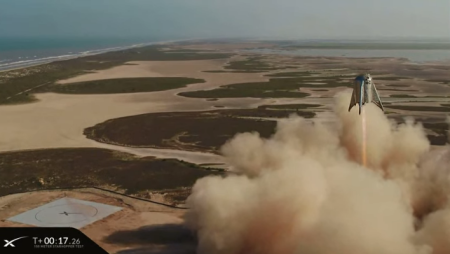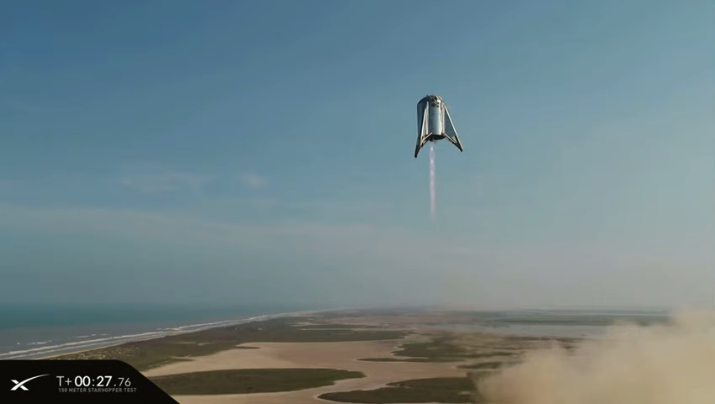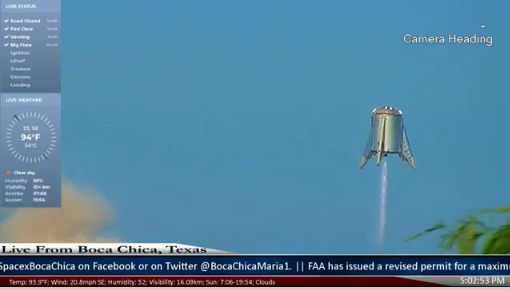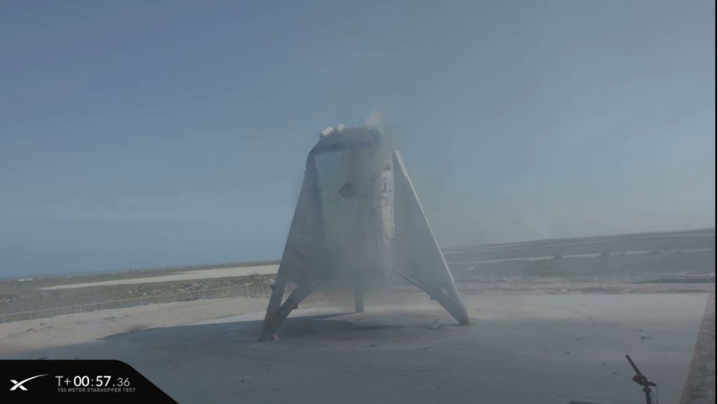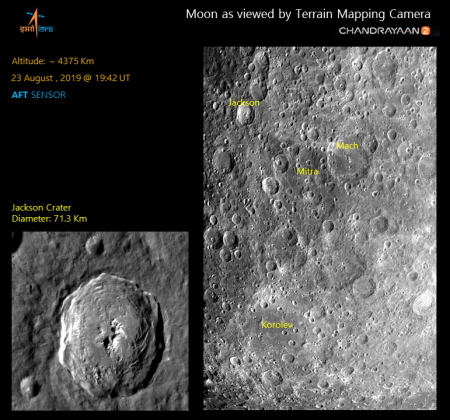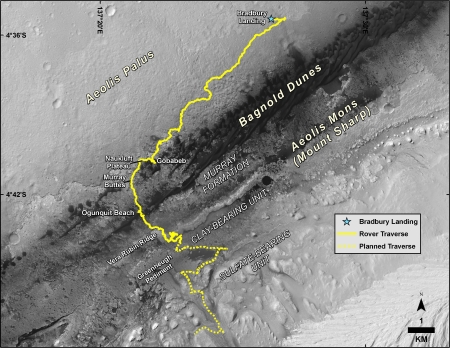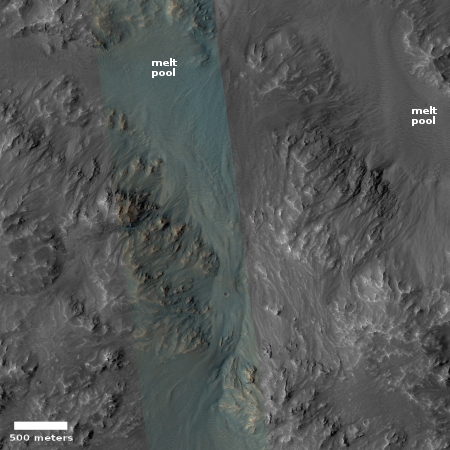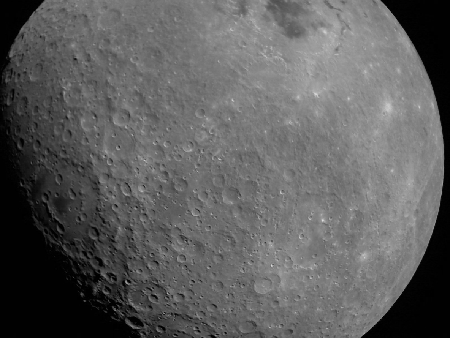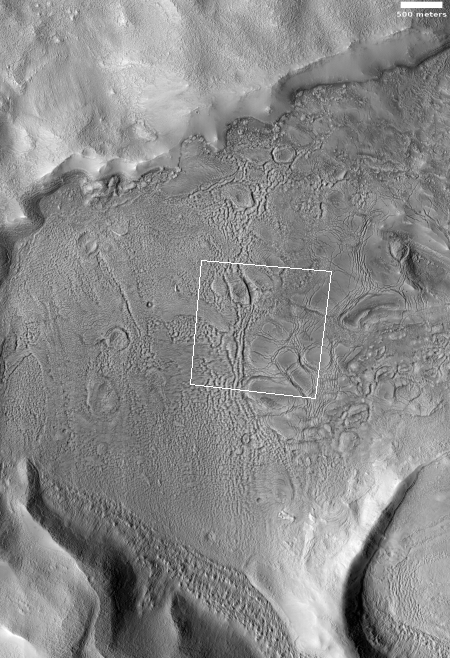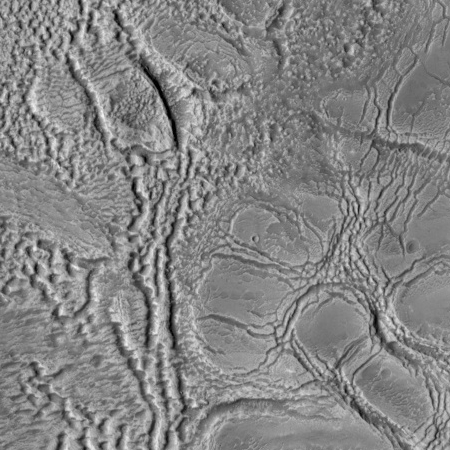Elementary students to name NASA’s 2020 Mars rover
NASA announced today a contest among the nation’s elementary students to find a name for its Mars 2020 rover.
Starting Tuesday, Aug. 27, K-12 students in U.S. public, private and home schools can enter the Mars 2020 Name the Rover essay contest. One grand prize winner will name the rover and be invited to see the spacecraft launch in July 2020 from Cape Canaveral Air Force Station in Florida.
To enter the contest, students must submit by Nov. 1 their proposed rover name and a short essay, no more than 150 words, explaining why their proposed name should be chosen. The essays will be divided into three groups, by grade level – K-4, 5-8, and 9-12 – and judged on the appropriateness, significance and originality of their proposed name, and the originality and quality of their essay, and/or finalist interview presentation.
Fifty-two semifinalists will be selected per group, each representing their respective state or U.S. territory. Three finalists then will be selected from each group to advance to the final round.
As part of the final selection process, the public will have an opportunity to vote online on the nine finalists in January 2020. NASA plans to announce the selected name on Feb. 18, 2020 – exactly one year before the rover will land on the surface of Mars.
Obviously, there is a bit of hokum in this contest. The kids will make suggestions, the public will vote, but in the end NASA will make the selection. Requiring them to write short essays justifying their suggestion however is an excellent educational idea, and for this kudos to NASA.
NASA announced today a contest among the nation’s elementary students to find a name for its Mars 2020 rover.
Starting Tuesday, Aug. 27, K-12 students in U.S. public, private and home schools can enter the Mars 2020 Name the Rover essay contest. One grand prize winner will name the rover and be invited to see the spacecraft launch in July 2020 from Cape Canaveral Air Force Station in Florida.
To enter the contest, students must submit by Nov. 1 their proposed rover name and a short essay, no more than 150 words, explaining why their proposed name should be chosen. The essays will be divided into three groups, by grade level – K-4, 5-8, and 9-12 – and judged on the appropriateness, significance and originality of their proposed name, and the originality and quality of their essay, and/or finalist interview presentation.
Fifty-two semifinalists will be selected per group, each representing their respective state or U.S. territory. Three finalists then will be selected from each group to advance to the final round.
As part of the final selection process, the public will have an opportunity to vote online on the nine finalists in January 2020. NASA plans to announce the selected name on Feb. 18, 2020 – exactly one year before the rover will land on the surface of Mars.
Obviously, there is a bit of hokum in this contest. The kids will make suggestions, the public will vote, but in the end NASA will make the selection. Requiring them to write short essays justifying their suggestion however is an excellent educational idea, and for this kudos to NASA.

